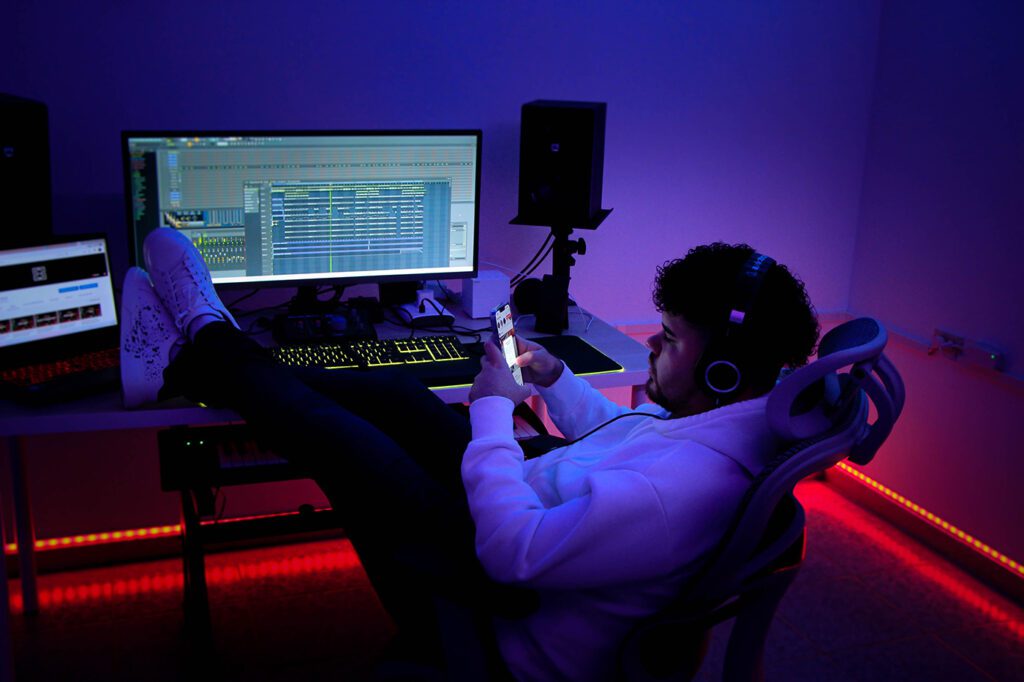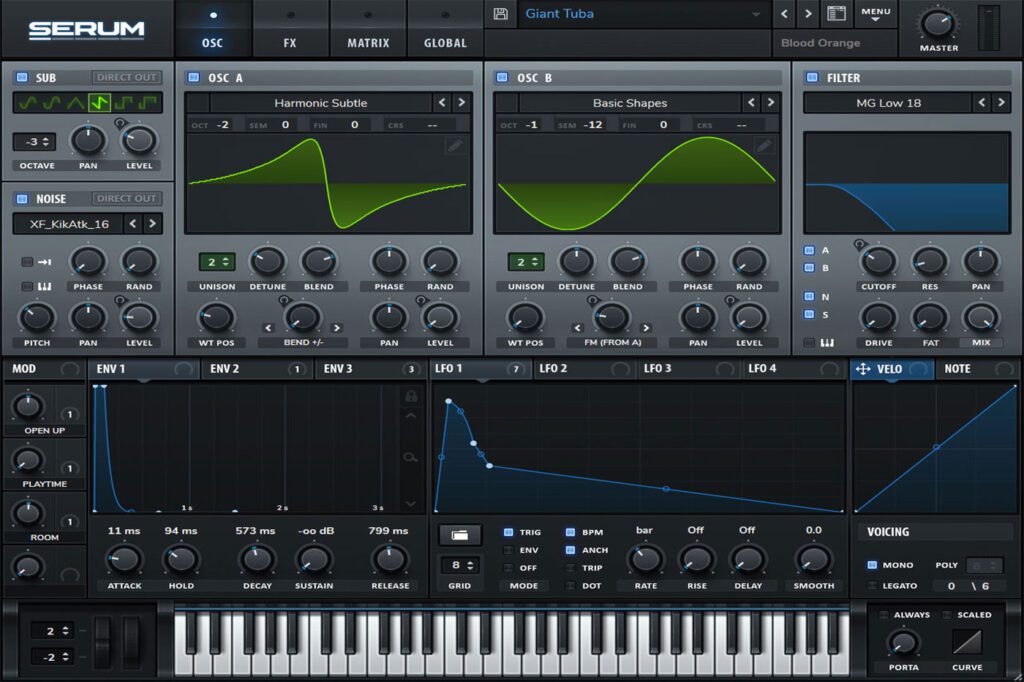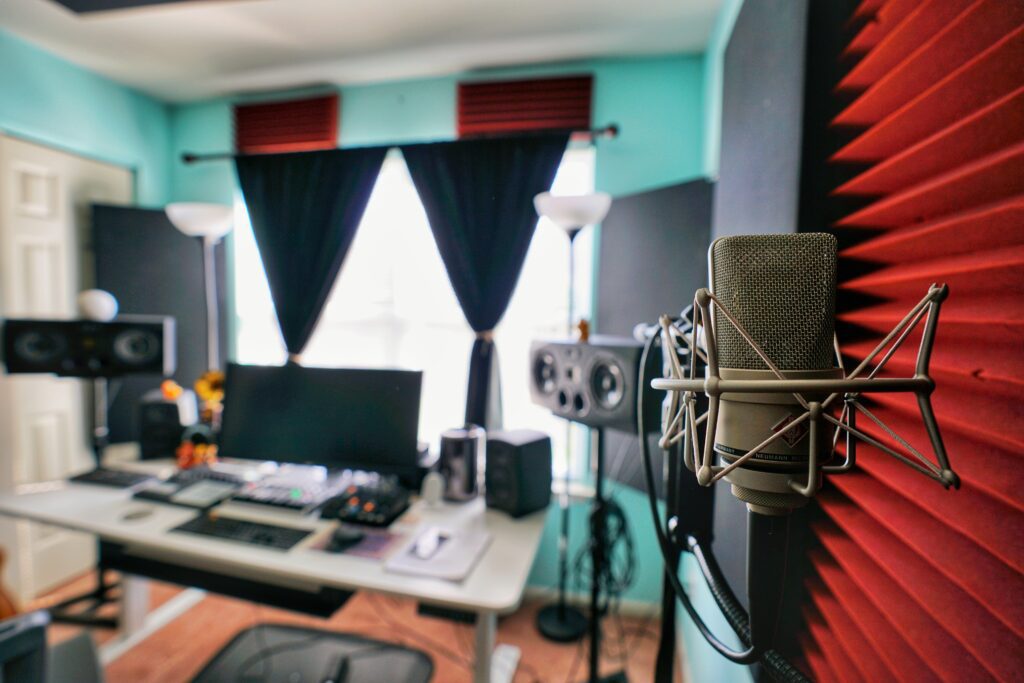Too Many Unfinished Tracks And Music Productions! What Now?
Do you recognize that? Too many unfinished tracks in your project folder. You work hours and hours on your new music project in your DAW. It’s almost there, has some really cool musical elements, but it’s just not good enough to publish yet.
When you reopen the project days later, you’ve completely lost the spirit and vibe of that magical moment when you worked on your track. At this point it is much more tempting to start over and go into inspiration mode.
It’s easier to start a new project
Trying to catch the magic of now and creating on a blanco screen is much more attractive then finishing your old projects right? Don’t worry. It’s human. It’s not even a bad thing! Why? Your unfinished tracks are the start of your sample library. What if you realize that while you’re busy looking for new gold, you’re actually sitting on a gold mine all the time? Therefore start digging today!
Learn why and how you can manifest your personal library of tons of unique quality audio samples and build your own sample gold mine.
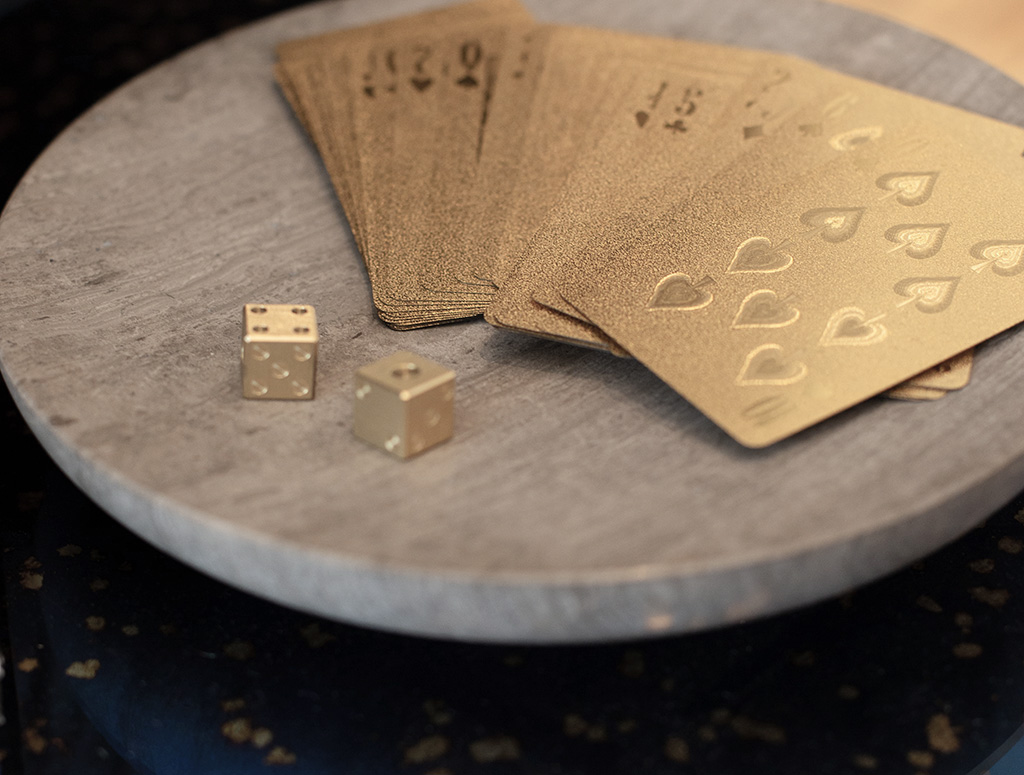
Are you aware of your own musical legacy?
Even if you’ve never published anything, and it’s chillingly quiet on your Spotify page you created years ago, you still have an impressive musical heritage. When we say “You’re sitting on a gold mine” we mean you really are, if only you apply the concept of recycling. Here’s the main insight of the day:
The golden nuggets are In your unfinished Tracks
Only the nuggets have become so dusty that you no longer even recognize gold. The dust is your cloudy mind. Saying, “It’s not good enough. I’m not there yet. Etc.” Your own mind is the only impediment to finding, recycling, refining and monetizing your raw gold.
Think about how many hours in your life you have spent producing music. How many hours have you spent on polishing that one snare drum, or fine-tuning the perfect lead in Serum? But just because the whole track might not be completely satisfying to your ears, it doesn’t mean there aren’t cool reusable elements in the track.
What a relief. You have the opportunity to just dive into your old projects and stand on the shoulders of your own giant. All effort is not lost. Take a moment to realize that you have never lost time working on your music. Sit back and enjoy.

“Your Mind is like a Parachute. It only works if it’s open”
So here’s what you can realize now that your mind is open. Why start over every time instead of reusing elements of your old tracks. You can just find those cool elements that have the right vibe and have your unique fingerprint and leave the rest as trash. Then you can mix your golden oldies with new stuff every time you start a new project. Easy as that. So let’s say you take a kick from one project, stretch it to another BPM, grab a hi-hat from another project and create a new creative bass layer on it.
And even your new project, you can save elements individually and reuse them later. Your own unique library will become much stronger over time, just as your sound quality will improve. Think about it. And if you don’t want to turn your old projects into a gold mine, stop reading here. No hard feelings.
And for those reading on, realize that this will take some time and repetitive actions to keep polishing and saving samples for hours on end. But trust and patience are the big words here. It will pay off big time!

Step 1 Visit your Unfinished Tracks & Listen
Here’s something you should recognize. The frustration. When you open your old projects, it often doesn’t sound the same anymore. Why? Your samples have been moved or removed, you no longer have the same plugins, you used different monitors back then or your new brilliant channel mapping doesn’t match with your old template and makes (half of) the sound disappear.
Well, sometimes you can just let life do its magic and let it be. But you can also remap and find that one missing kick drum or synth sound.
Anyway, if you manage to get sound, all you have to do is listen to elements you would like to reuse in the future.
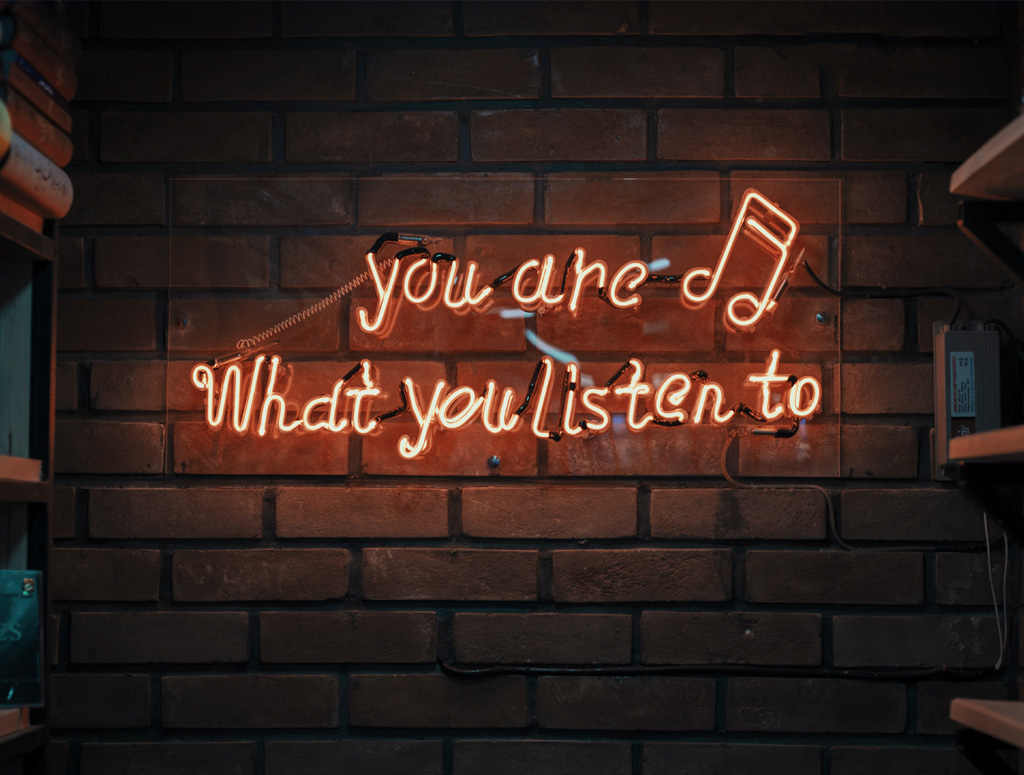

Step 2 Solo and Prepare Recording
Let’s say you want to save the kick as a loop and you have selected just a few bars that sound good and consistent, or have a little variation at the end. First you want to make sure it’s loud enough to record / print. You can just maximize the channel volumes and see if you get enough dB. Second before you press record it could be that there’s a delay or reverb on the channel. You probably want to switch them off to save the sample clean and raw. So that you can add reverb and delay in the mixing stage of the new track.
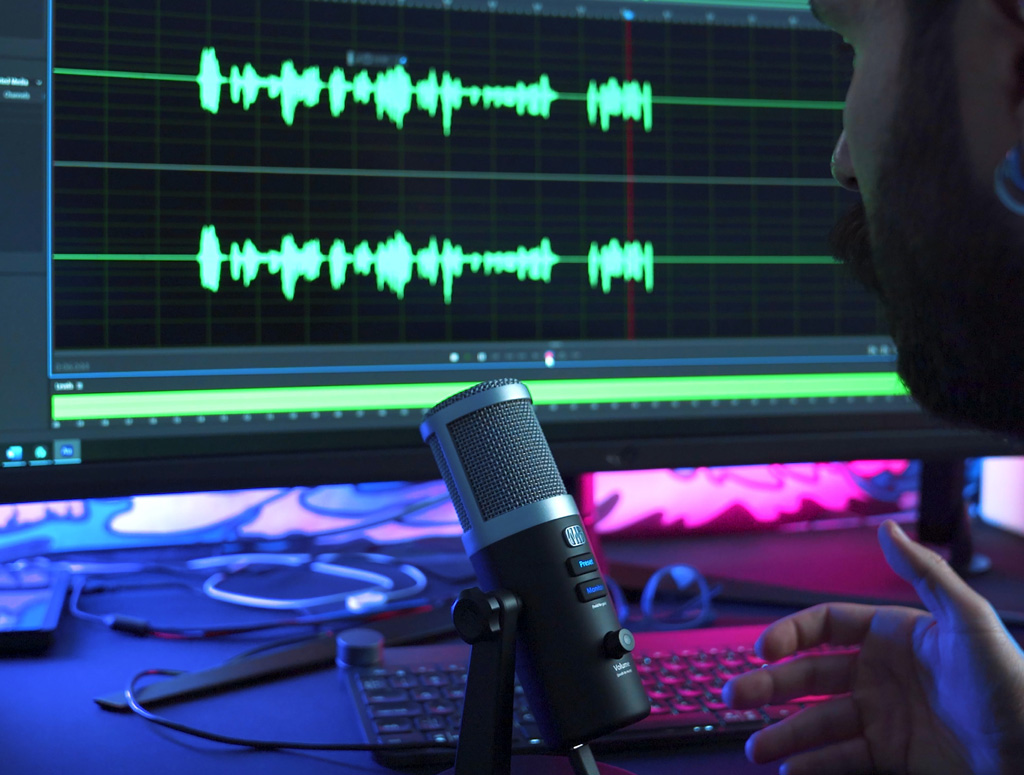

Step 3 Record and Save
In case you played the kick drum solo and there are no other annoying noises in the background in your project. While selecting the channel for recording, make sure if you use external analog hardware that you don’t choose the (master) channel that gives latency. However you can put it directly on the kick channel or on the mix bus where the kick comes in. After you’ve recorded 4, 8, or even 16 bars of your kick drum, open the sample in an audio editor (the one in your DAW might be easiest).
Structure is Key – What’s in a name
Make sure the volume is acceptable. While you could normalize the volume to 0, -1. -2. -3dB, you could also increase or decrease the gain to the volume you like. Now you are going to save the sample with a structure in mind. For example, you want to have a subfolder structure in your sample folder.
You are going to work with these samples later and you want to have a smooth workflow. Therefore include the BPM in your file name so that you always have the tempo. And don’t worry if your samples don’t all have the same BPM, because you can extend them to a different BPM. As a result you might even get a more creative twist to your sound. Indeed working with WAV files instead of memory-hungry VSTs adds more flexibility to your creative process. And if you want to be pro, you can even include the key in your file name. Or do it later by ear.
Conclusion
While it’s often more tempting to start a whole new music project, you could also recycle your old tracks and at the same time improve your own unique sound. Build your own sample library by recording the best elements of your old unfinished tracks. Realize that you are sitting on a gold mine and start digging!
Here’s a summary how:
- Listen to elements you would like to reuse
- Solo them
- Maximize volume
- Remove delay and/or reverb
- Select just a few bars
- Select your channel and click record
- Normalize volume or increase gain
- Save file as .wav
- Include BPM in filename
- Done and next sample/project
